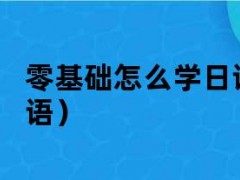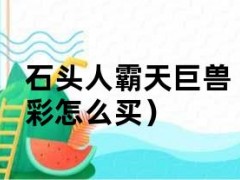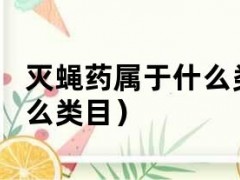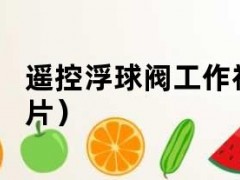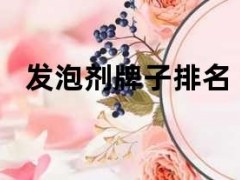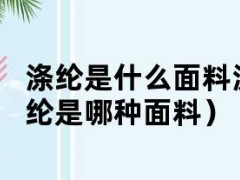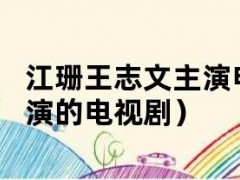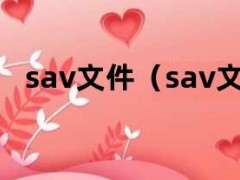夏团来为大家解答以下的问题,有创意的演讲题目 治愈系的演讲稿,现在让我们一起来看看吧!
Documentary films that explore trauma — and make space for healing
It’s a warm morning and I’m surrounded by six-year-old children in a classroom. One by one, they cheerfully hug one of their friends who just came back home from a trip. They comment on her new dress and her new hairstyle. But the girl does nothing. She looks towards the distant horizon, eyes fixed. The kids start wondering why she doesnu0026#39;t speak.
The girlu0026#39;s name is Adayanci, and the trip she has just returned from is not a vacation. She left Guatemala with her dad in May 2018 for the United States. Several months later, sheu0026#39;s back, but she has gone silent. Iu0026#39;m filming this, feeling overwhelmed, and finding it difficult to look through the viewfinder of my camera. Her post-traumatic stress disorder is so visible. I am in tears.
I am a journalist who documents aftermaths for a living. The impact, the invisible consequences. What happens when the media spotlight is gone? Thatu0026#39;s why Iu0026#39;ve spent hundreds of hours listening to and watching people deeply affected by trauma. Survivors of trafficking, child rape, gang slavery, forced labor and immigration enforcement. Different from the job of psychiatrist and aid workers, Iu0026#39;ve dedicated my life to listening to them to make their stories public, in first person, in their own voice. Despite all of the limitations of words and photographs and films, I believe better stories about the effects of trauma in peopleu0026#39;s lives are essential. They can show us the real consequences of seemingly abstract government policies. They can trigger understanding across political figureides and awaken our universal sense of empathy.
Survivors like the now deceased Jennifer taught me that brutal bondage does not happen far away. David taught me the horrors refugees flee from are scarier than any obstacle in the quest for safety. Adayanci brought home for me that governments of developed nations also harm using trauma as a weapon.
The word "trauma" comes from ancient Greek. Itu0026#39;s the word for "injury". Itu0026#39;s the psychological wound that stays after something really terrible has happened to us. It affects our body, our mind, our memory and our sense of safety in the world. War, violence, kidnapping, torture, they are all causes of trauma. But it does not only happen far away, far from you. In the United States, for example, several large-scale community studies have shown that exposure to violence and terror, like rape, domestic abuse or trafficking are common and damaging in times of peace.
What I witnessed in that classroom in Guatemala was the aftermath of the zero-tolerance policy. It separated children from parents at the US-Mexico border. Adayanci was sent to a shelter and two foster families while her dad was deported. In her despair, she took a pair of scissors and cut her own hair as a form of protest. A psychologist diagnosed her with acute stress, warning it would become post-traumatic stress disorder the longer time passed. The damage of this type of separation at an early age, just like other forms of abuse, can be permanent if the child doesnu0026#39;t receive help.
In order to justify this kind of violence, there is a will to make certain people seem very different from us. Evil, rapists, animals, criminals. Stripping off their humanity is a deliberate technique used by governments with plenty of examples in history books. In this case, the so-called evil, criminal and animal was a shattered six-year-old girl. We published Adayanciu0026#39;s documentary. The story won a World Press Photo award thanks to which Adayanci is receiving therapy in Guatemala. Sheu0026#39;s on her slow way back to recovery, dancing and daydreaming. But most others have not gotten access to care. Hundreds havenu0026#39;t even been reunited with their families. The trauma these policies cost can have generational effects. Even in Adayanciu0026#39;s fortunate case, the family has no institutional support and is in deep debt.
We humans heal from trauma through feeling safe, through storytelling and through establishing connection with others in our communities. For this little girl reframing the story she will tell herself itu0026#39;s part of her healing. For us as a society, reframing her story and pressuring our governments to do better is part of reclaiming our dignity as equals.
探讨创伤的纪录片--并为疗伤留出空间
这是一个温暖的早晨,我被教室里的六岁孩子包围着。他们一个接一个欢快地拥抱他们的一个朋友,她刚从旅行中回家。他们评论她的新衣服和新发型。但这个女孩什么也没做。她望着遥远的地平线,眼神呆滞。孩子们开始怀疑她为什么不说话。
这个女孩的名字叫Adayanci,她刚回来的旅行不是一个假期。她于2018年5月与她的父亲离开危地马拉前往美国。几个月后,她回来了,但她已经沉默了。我正在拍摄,感到不知所措,发现很难通过相机的取景器看清楚。她的创伤后应激障碍是如此明显。我泪流满面。
我是一名记者,以记录善后工作为生。这种影响,这种无形的后果。当媒体的聚光灯消失后会发生什么?这就是为什么我花了数百个小时倾听和观察那些深受创伤影响的人。贩卖人口、强奸儿童、团伙奴役、强迫劳动和移民执法的幸存者。与精神病学家和援助工作者的工作不同,我把我的生命献给了倾听他们的故事,以第一人称,用他们自己的声音把他们的故事公开。尽管文字、照片和电影有种种限制,但我相信关于创伤对人们生活影响的更好的故事是必不可少的。它们可以向我们展示看似抽象的政府政策的真实后果。它们可以引发跨越政治分歧的理解,唤醒我们普遍的同理心。
像现已去世的珍妮弗这样的幸存者告诉我,残酷的束缚并不发生在远方。大卫告诉我,难民逃离的恐怖比寻求安全的任何障碍都要可怕。阿达扬斯让我明白,发达国家的政府也在利用创伤作为武器进行伤害。
创伤 "这个词来自古希腊。它是 "伤害 "的意思。它是发生在我们身上的真正可怕的事情之后留下的心理创伤。它影响我们的身体,我们的头脑,我们的记忆和我们对世界的安全感。战争、暴力、绑架、酷刑,它们都是造成创伤的原因。但它并不仅仅发生在遥远的地方,离你很远。例如,在美国,一些大规模的社区研究表明,暴露在暴力和恐怖中,如强奸、家庭虐待或贩卖人口,在和平时期是很常见的,而且具有破坏性。
我在危地马拉的那间教室里看到的是零容忍政策的后果。它在美国和墨西哥边境将儿童与父母分开。阿达扬西被送到一个收容所和两个寄养家庭,而她的父亲被驱逐出境。在绝望中,她拿起一把剪刀,剪掉自己的头发,以示抗议。一位心理学家诊断她患有急性压力症,并警告说,时间越长就会变成创伤后压力障碍。这种在幼年时的分离的伤害,就像其他形式的虐待一样,如果孩子没有得到帮助,可能是永久性的。
为了证明这种暴力的合理性,有一种意愿让某些人看起来与我们非常不同。..、强奸犯、动物、罪犯。剥去他们的人性是政府刻意使用的技巧,在历史书中有很多例子。在这个案例中,所谓的..、罪犯和动物是一个被打碎的六岁女孩。我们发表了阿达扬西的纪录片。这个故事赢得了世界新闻摄影奖,由于这个奖项,阿达扬奇正在危地马拉接受治疗。她正在缓慢地恢复健康,跳舞和做白日梦。但其他大多数人没有得到护理。数百人甚至没有与他们的家人团聚。这些政策造成的创伤可能会产生代际影响。即使在阿达扬西的幸运案例中,这个家庭也没有机构支持,而且负债累累。
我们人类通过安全感、通过讲故事和通过与我们社区的其他人建立联系来治愈创伤。对于这个小女孩来说,重塑她将告诉自己的故事,这是她治愈的一部分。对于我们这个社会来说,重塑她的故事并迫使我们的政府做得更好,是重新获得我们作为平等者的尊严的一部分。
本文到此结束,希望对大家有所帮助。

